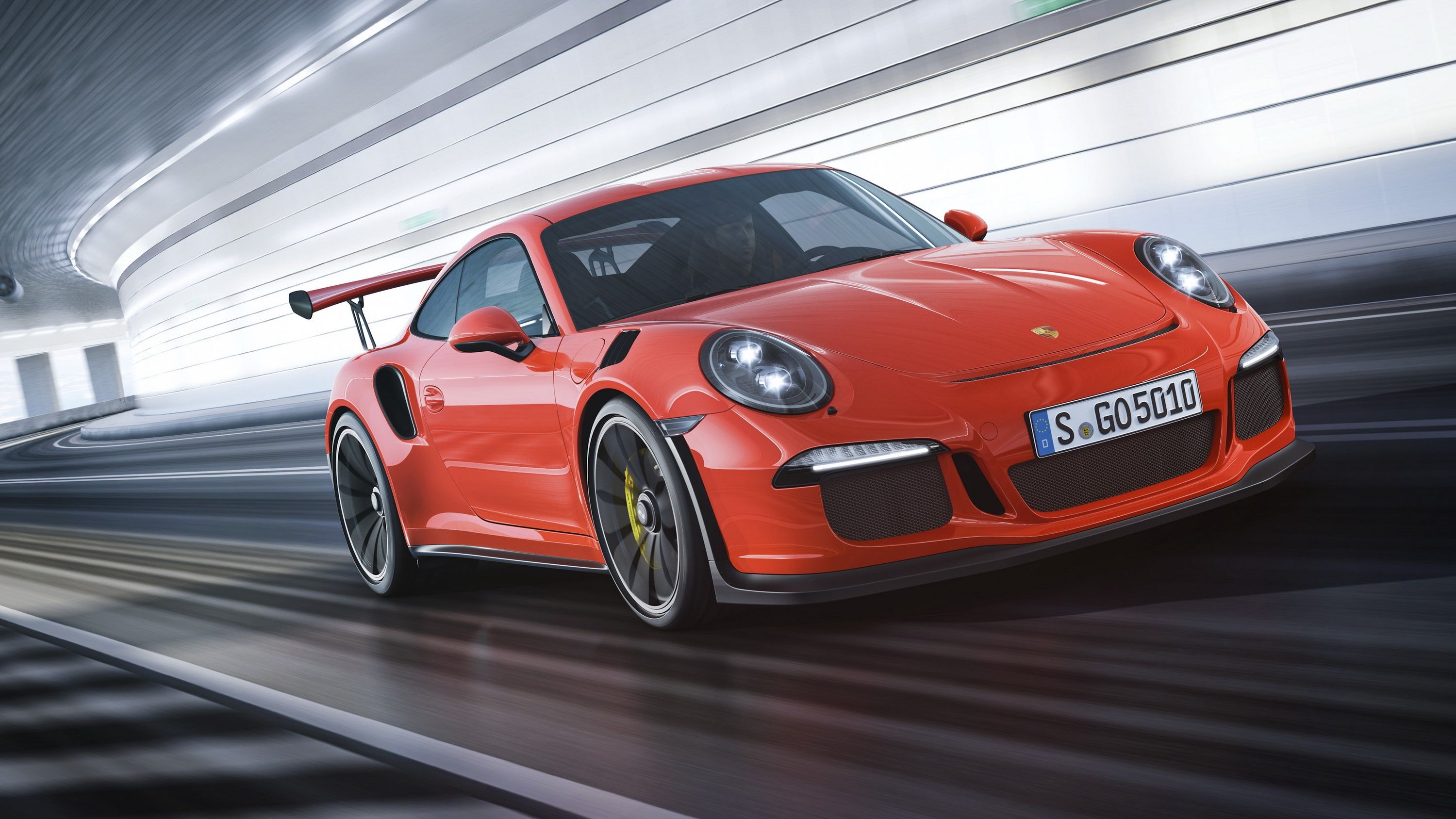Nowadays, it seems as though the auto industry’s infatuation with efficiency is met blow for blow with a growing ferocity in the horsepower wars. While the majority of vehicles sold focus on eking out every last drop of mileage, the faster, less practical, and more fun-oriented sports cars->ke506 of the world seem obsessed with posting output figures that one-up the competitors purely for the sake of bragging rights. It’s an endless, self-propagating cycle, but now it seems Porsche->ke1 is opting out, content to instead focus on simplicity and lower weight rather than pure engine numbers.
“I’m not a believer in this horsepower monster, up, up, up, more, more, more,” said Andreas Preuninger, head of Porsche’s GT division, in a recent interview with the UK-based publication CAR. “For my personal tastes, around 500 bhp is enough, because 700-800 bhp calls for bigger brakes, sturdier suspension, it gets heavier and heavier logically.”
For Preuninger, the focus should be on matching output to the car in hand, rather than simply adding horsepower for horsepower’s sake alone: “I think it’s not my engineering target to get 50 bhp more every generation, I’d rather turn it around and make the car lighter again, a specific horsepower per kilo.”
While Preuninger said Porsche “wouldn’t turn back,” that is, detune an engine’s performance, it would instead focus on offering a complete package for its customers. “This is not a dragster, it’s a track car.”
Continue reading for the full story.
Why it matters
Less weight is fantastic for any car, no matter its purpose. Everything is made better – acceleration, braking, cornering, mileage, etc. So it makes sense that Stuttgart would choose to simplify its machines rather than simply throwing gobs more power at them. This is doubly so coming from Porsche’s GT head, who is known for trimming the fat from a model in order to purify the driving experience.
Part of this streamlined approach toward performance means simplicity in the mechanical bits as well, including the powerplant and transmission: “I like atmospherical engines, because they are more linear, better driveability, lighter, more emotional,” Preuninger said, later adding, “We put a manual in the Cayman GT4 for good reason, to show the people we listened. For people to blip the throttle, it’s satisfying. Why not give the people something to play with if they’re longing for that?”
Furthermore, Preuninger seems unconcerned with that other fast-brand obsession – posting a fastest Nurburgring->ke999 lap time. Instead, he says he’d rather make a car that’s capable in the hands of pros and amateurs alike: "For me it’s important that everyone has fun with the car, can drive fast for his own capabilities, and get better with it. Maybe we could make a 7-min 15-sec car – it would be relatively easy – but then it would be a dog on the street. It’s about compromise."
2016 Porsche 911 GT3 RS
Promoted as a road-legal race car, the 911 GT3 RS comes with all the right pieces for creating insane velocity. The exterior offers those iconic Porsche lines and fascia, plus an enormous rear wing, front splitter, and numerous intakes and scoops. Carbon fiber is used in the front luggage compartment and rear engine lid, while the roof is magnesium, all of which helps to drop the curb weight by 22 pounds over the standard GT3. Inside you’ll find numerous track-ready components, like a roll cage, six-point harnesses and a fire extinguisher. Motivating this destroyer of lap times is a 4.0-liter flat-six engine that creates 500 horsepower and 339 pound-feet of torque. Properly applied to the rear wheels, that’s enough to propel this Porsche to 62 mph in 3.3 seconds and reach a top speed close to 200 mph.
Read our full review here.

